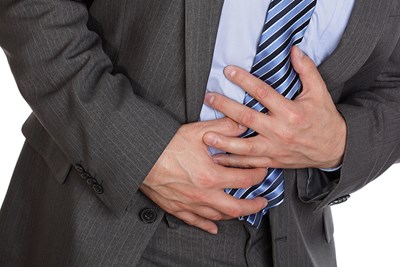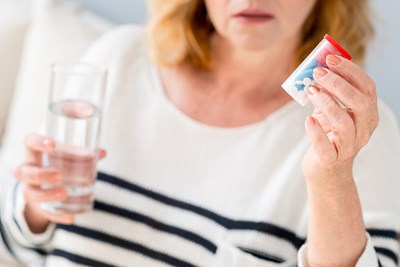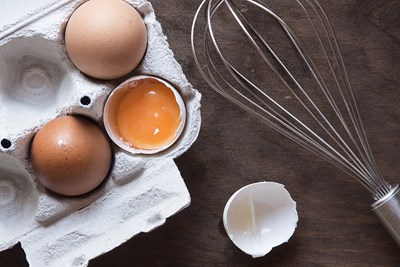Salmonellosis is an infection of Salmonella bacteria. Although there are several different types of Salmonella bacteria, salmonellosis is generally referring to a foodborne case of gastrointestinal distress. While there are treatment options for salmonellosis, it can become quite serious -- even fatal -- and require hospitalization. The best treatment is prevention.
How is Salmonellosis Spread?
Salmonella can be carried in feces, as it lives in the gastrointestinal tract of people, birds, and other animals. Additionally, it can survive in cold, wet environments for several months. Thus, fruits and vegetables that are watered or washed with contaminated water may carry the bacteria. Likewise, seafood from water with the Salmonella bacteria may cause salmonellosis. When poultry and other meat comes into contact with infected animal feces before making it to the dinner table, it can also infect the GI tract of the consumer by insufficient cooking or when the juices from the meat come into contact with raw produce (such as using a cutting board for meat and then lettuce without washing it).
Salmonellosis is characterized by diarrhea, fever, abdominal cramping, and head or muscle aches. While antidiarrheals, such as Imodium, can help reduce watery stools, it can also extend their life. Salmonellosis can be especially dangerous for special populations, such as elderly people, very young children, or those with a compromised immune system.
Preventing Salmonella from Spreading
Salmonellosis is one of the more common types of food poisoning. Thus, according to the Mayo Clinic, “The U.S. Department of Agriculture has created a Salmonella Action Plan, which involves updating the poultry slaughter inspection system and enhancing sampling and testing programs for poultry and meat.” This is in an effort to limit salmonellosis infections in the U.S. Although there may not be much you can do about where you get your meat from, there are efforts you can undertake in order to keep it from invading your house.
Wash your hands. After you go to the bathroom, after you change a baby’s diaper, and after you clean up after your dog. It might seem like common knowledge and common sense, but washing your hands following any contact with fecal matter is extremely important to prevent the spreading of Salmonella. Be sure to keep your fingers out of your mouth before you do so. Additionally, anytime you come into contact with birds or reptiles, wash your hands. Be especially vigilant about washing your hands before and during preparing dinner, making sure to wash your hands after touching raw poultry or other meat -- even seafood. Use hot water and wash with soap for about 60 seconds.
Avoid cross contamination. In addition to your hands, wash any cookware, utensils, or countertops that come into contact with raw meat before letting produce or children touch them. Putting your tomato on the counter where the chicken package was sitting is a surefire way to transfer any bacteria that might be lingering -- and they will linger. Get a clean plate for the cooked meat; even if it’s the same piece of meat, it no longer contains the same bacteria once it’s cooked. Try to keep any meats stored separately from other food (don’t put it in the same drawer as your apples).
Avoid raw foods that are known to carry Salmonella. Make sure to choose pasteurized eggs for an eggnog recipe that contains raw eggs. Avoid cookies and other egg-containing batters until they’ve gone through the oven (no matter how tasty they are!). Cook animal products to Food and Drug Administration recommended temperatures to kill as much of the bacteria as possible.



